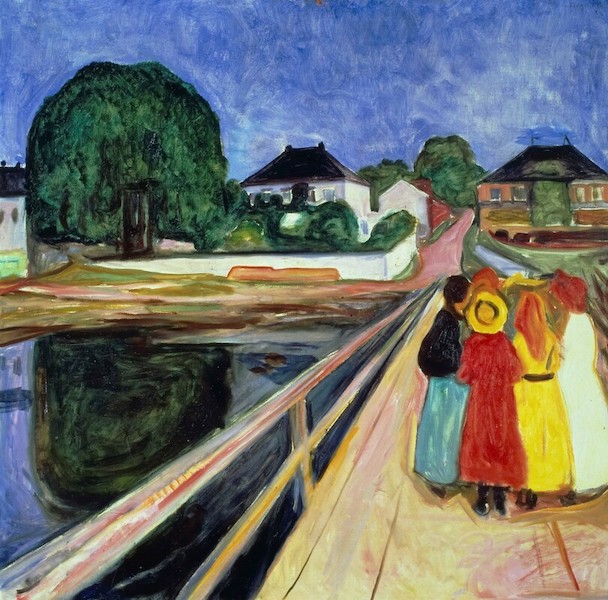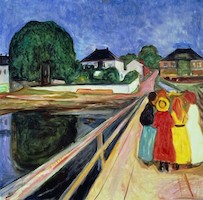
WILLIAMSTOWN, Mass. — The Clark Art Institute presents the first exhibition in the United States to consider how the noted Norwegian artist Edvard Munch (1863–1944) employed nature to convey meaning in his art. Munch is regarded primarily as a figure painter, and his most celebrated images, including his iconic The Scream, are connected to themes of love, anxiety, longing and death, yet landscape plays an essential role in a large portion of Munch’s work. Edvard Munch: Trembling Earth considers this important but less-explored aspect of the artist’s career. The Clark is the sole U.S. venue for the exhibition, which is on view through October 15. Organized in collaboration with the Museum Barberini in Potsdam, Germany and the Munch Museum (MUNCH) in Oslo, Norway, the exhibition is presented in Potsdam from November 18–April 1, 2024, and in Oslo from April 27–August 24, 2024.





